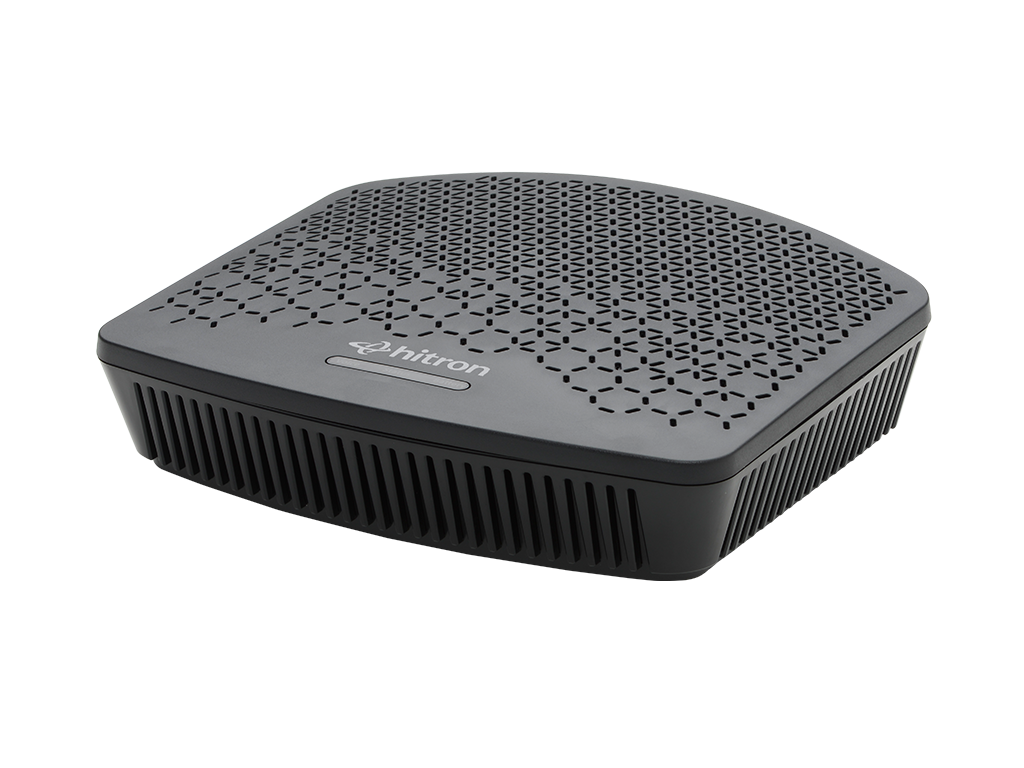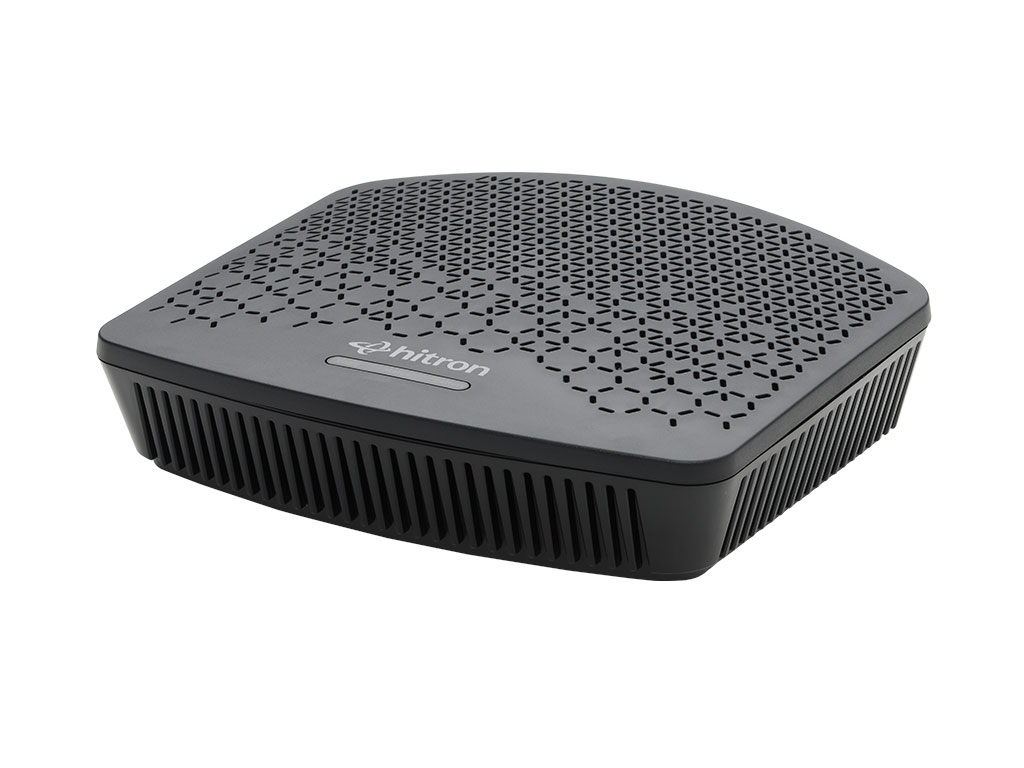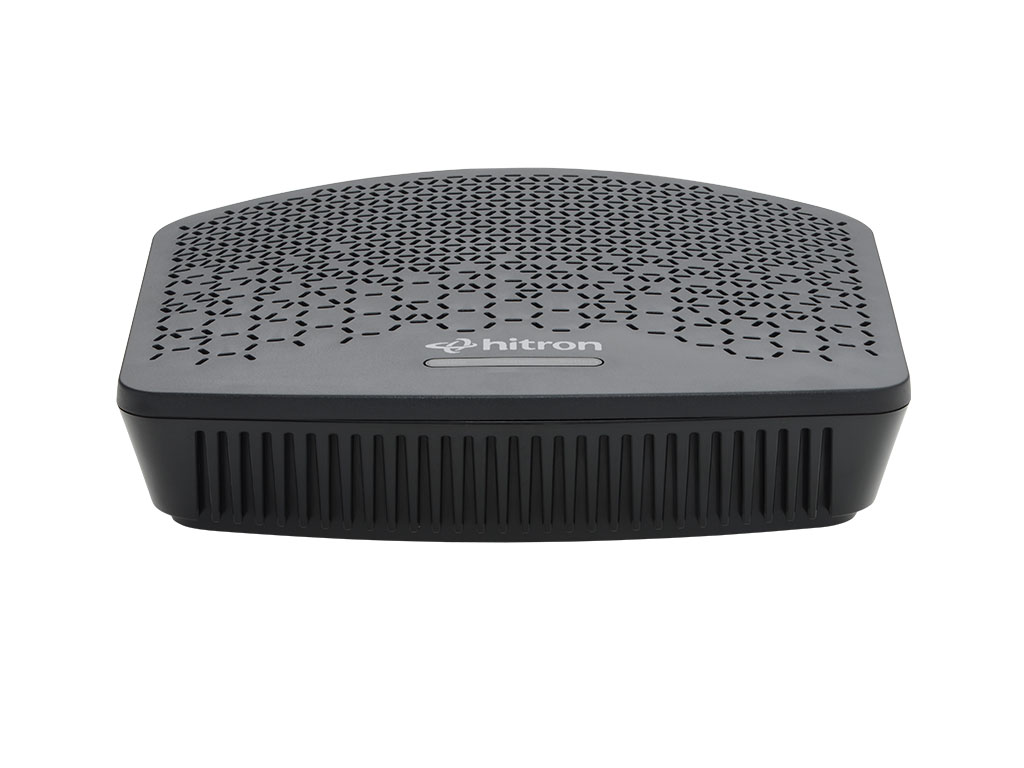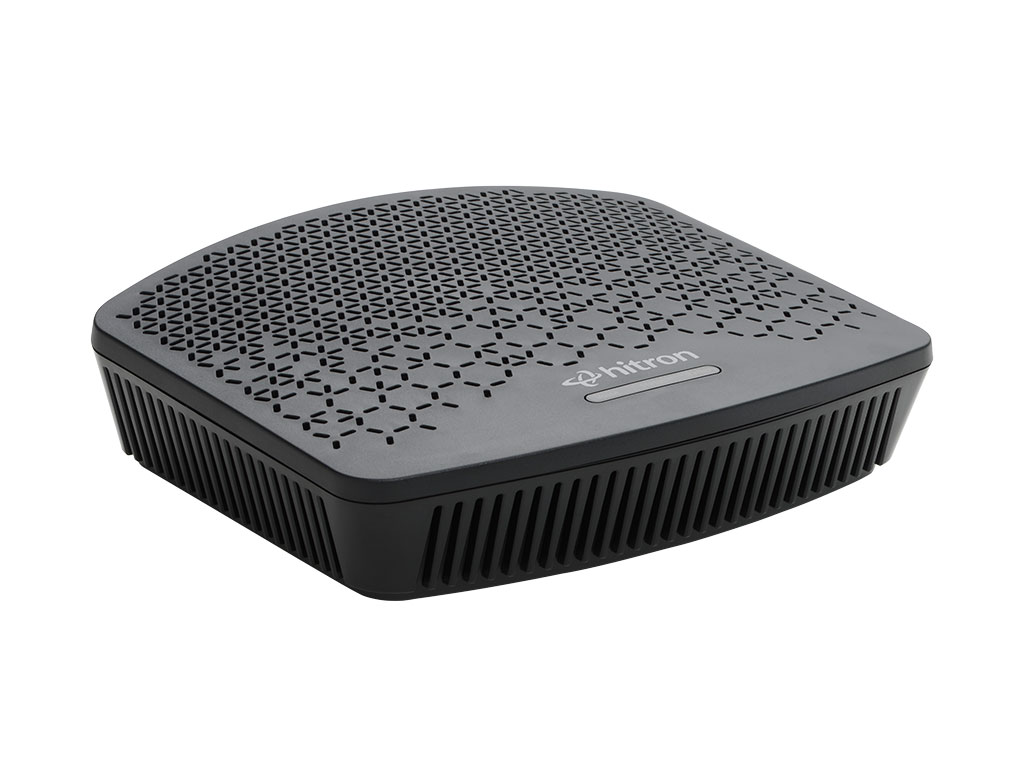Multi-Standard Fiber Support
Compatible with IEEE 802.3av 10G-EPON, ITU-T G.987.2 XG-PON, and ITU-T G.9807.1 XGS-PON, giving operators the flexibility to deploy the right solution for their networks.
DOCSIS DPoE 2.0 Support
Seamlessly migrate from HFC to fiber while continuing to use existing DOCSIS provisioning, billing, and management systems.
High-Speed Connectivity
Includes one 1/2.5/5/10GBASE-T Ethernet port and one Gigabit Ethernet port for versatile wired device support.
Benefits for Service Providers
- Future-Proof Deployments: Supports multiple fiber standards to meet evolving network requirements.
- Seamless Transition to Fiber: DOCSIS DPoE 2.0 compatibility makes upgrading networks easier.
- Operational Efficiency: Remote configuration, IEEE 802.3ah OAM, and extensive QoS/ACL features reduce support costs.
- Flexible Applications: Suitable for both residential and SMB subscribers needing premium broadband services.
Key Specifications
- PON Interface: IEEE 802.3av 10G-EPON, ITU-T G.987.2 (XG-PON), ITU-T G.9807.1 (XGS-PON)
- Ethernet Ports: 1× 1/2.5/5/10GBASE-T + 1× Gigabit Ethernet
- Provisioning: DOCSIS DPoE 2.0 compliant
- Advanced Features: VLAN tagging, QinQ, jumbo frames (up to 12 KB), QoS, Layer 2 switching (up to 4K MACs)
- Management: IEEE 802.3ah OAM, TR-069, TR-369, TR-181, TR-143, web-based GUI
- Design: Compact ONT/ONU with integrated fiber tray and LED indicators
Documentation
A Complete Portfolio of Fiber ONT/ONU
Access Technology
XG-PON
XGS-GPON
XG-PON
XGS-GPON
XG-PON
XGS-GPON
XG-PON
XGS-GPON
XGS-GPON
Data Range
Ethernet Interfaces: (1G/2.5G/5G/10G)
One 10/100/1000
One 10/100/1000
One 10/100/1000
DOCSIS DPoE 2.0
Voice
---
Learn more about Fiber Optics, ONTs and ONUs
PON, EPON, GPON: Everything You Need to Know
Fiber optic Internet is a superfast broadband connection. On an optic fiber line, information is transmitted through pulses of infrared light. To better understand fiber optics, there are a handful of terms and abbreviations you will need to know. Before we dive into...
What is a Passive Optical Network (PON)?
PON stands for Passive Optical Network. A PON system brings optical fiber cabling and signals all or most of the way from an Internet service provider (ISP) to the end user. A PON system is designed to deliver broadband Internet access to your home or office by...
What is GPON technology?
GPON technology is a type of fiber technology. Fiber technology uses fiber cabling to distribute an Internet access for things like Voice (VoIP), video, ultra-bandwidth for HDTV experiences, online gaming and more. The fiber cabling goes from a central Internet...
What is an ONT used for?
Fiber optic technology doesn’t require a modem to get an Internet connection, it uses an ONT. ONT, or Optical Network Terminal, is a device used within an FTTx link. That could be fiber to the home (FTTH) or fiber to the business (FTTB). The installation process of...
What is the Difference Between ONT & ONU?
In a fiber-optic network, there are devices that are necessary to complete the fiber to the home (FTTH) link. One of which is the ONT/ONU. ONT stands for Optical Network Terminal. ONU stands for Optical Network Unit. An ONT and an ONU are the same things. ONT and ONU...



